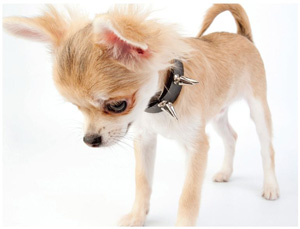In the classic comedy, The Pink Panther Strikes Again, Inspector Clouseau asks the innkeeper at the desk “Does your dog bite?” to which the  man replies “No.” Inspector Clouseau then reaches down to pet the dog, which immediately attacks and bites him.
man replies “No.” Inspector Clouseau then reaches down to pet the dog, which immediately attacks and bites him.
“I thought you said your dog does not bite?” Clouseau asks, turning to the man. “That is not my dog,” the man replies. So begins our discussion of one of the hot buttons in the industry: dogs. Are the risks breed-specific? How does new industry exclusion handle breed exclusions?
We can all agree that people keep pets, many of which are dogs and beloved family members. However, dogs can bite, enough to warrant the Center for Disease Control (CDC) to keep records of such occurrences. According to the CDC, 4.7 million people are bitten every year. Because of these bites and resultant injuries, over the years many carriers developed breed-specific exclusions. Breeds often listed were pit bulls, Dobermans, German shepherds, chows, and other breeds that were larger and seen as having a propensity for biting or aggression.
Recommended For You
Want to continue reading?
Become a Free PropertyCasualty360 Digital Reader
Your access to unlimited PropertyCasualty360 content isn’t changing.
Once you are an ALM digital member, you’ll receive:
- Breaking insurance news and analysis, on-site and via our newsletters and custom alerts
- Weekly Insurance Speak podcast featuring exclusive interviews with industry leaders
- Educational webcasts, white papers, and ebooks from industry thought leaders
- Critical converage of the employee benefits and financial advisory markets on our other ALM sites, BenefitsPRO and ThinkAdvisor
Already have an account? Sign In Now
© 2025 ALM Global, LLC, All Rights Reserved. Request academic re-use from www.copyright.com. All other uses, submit a request to [email protected]. For more information visit Asset & Logo Licensing.








